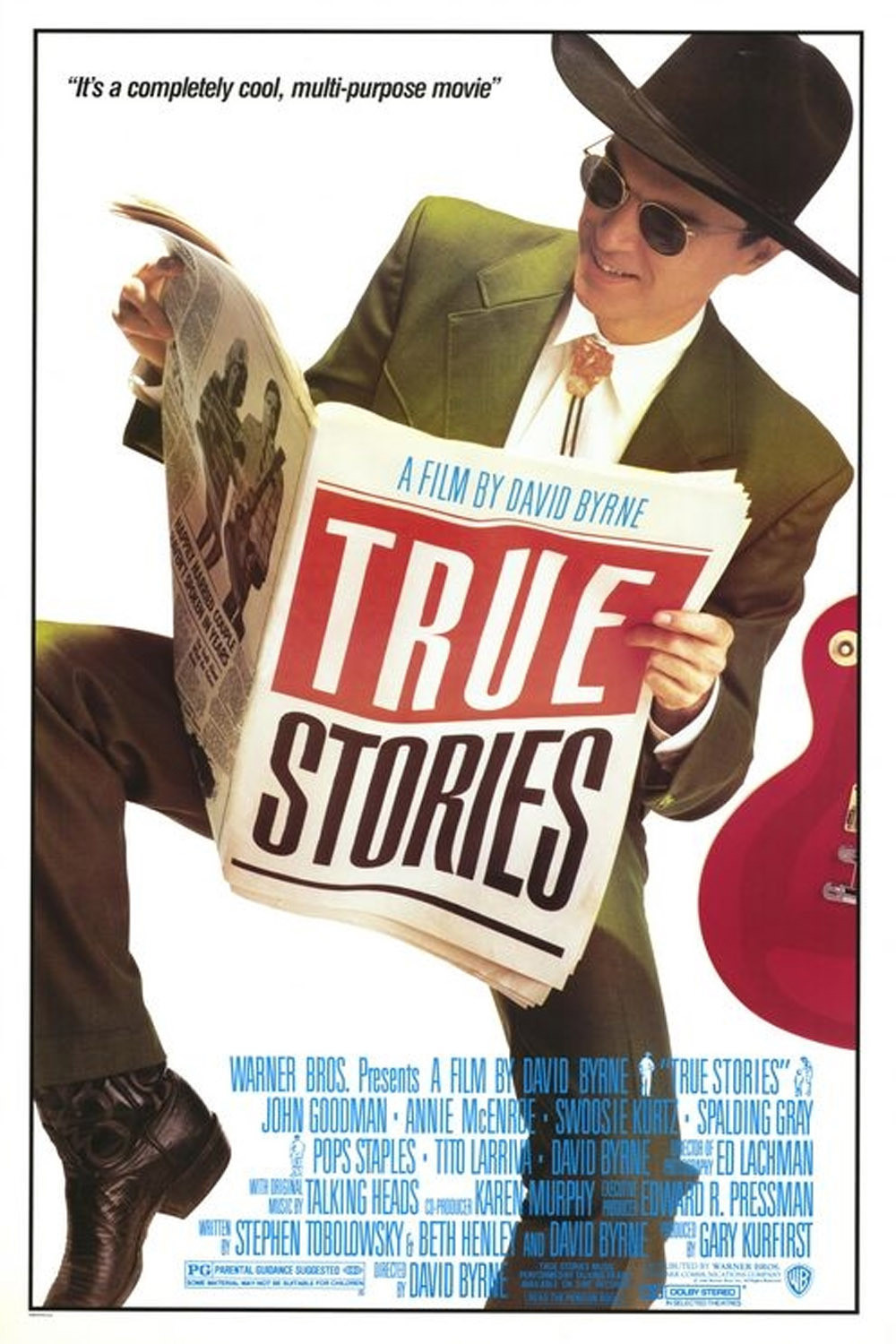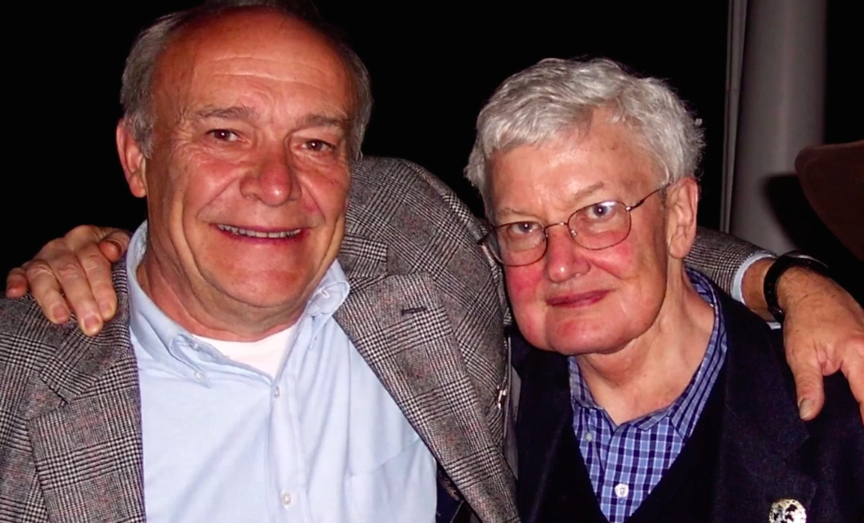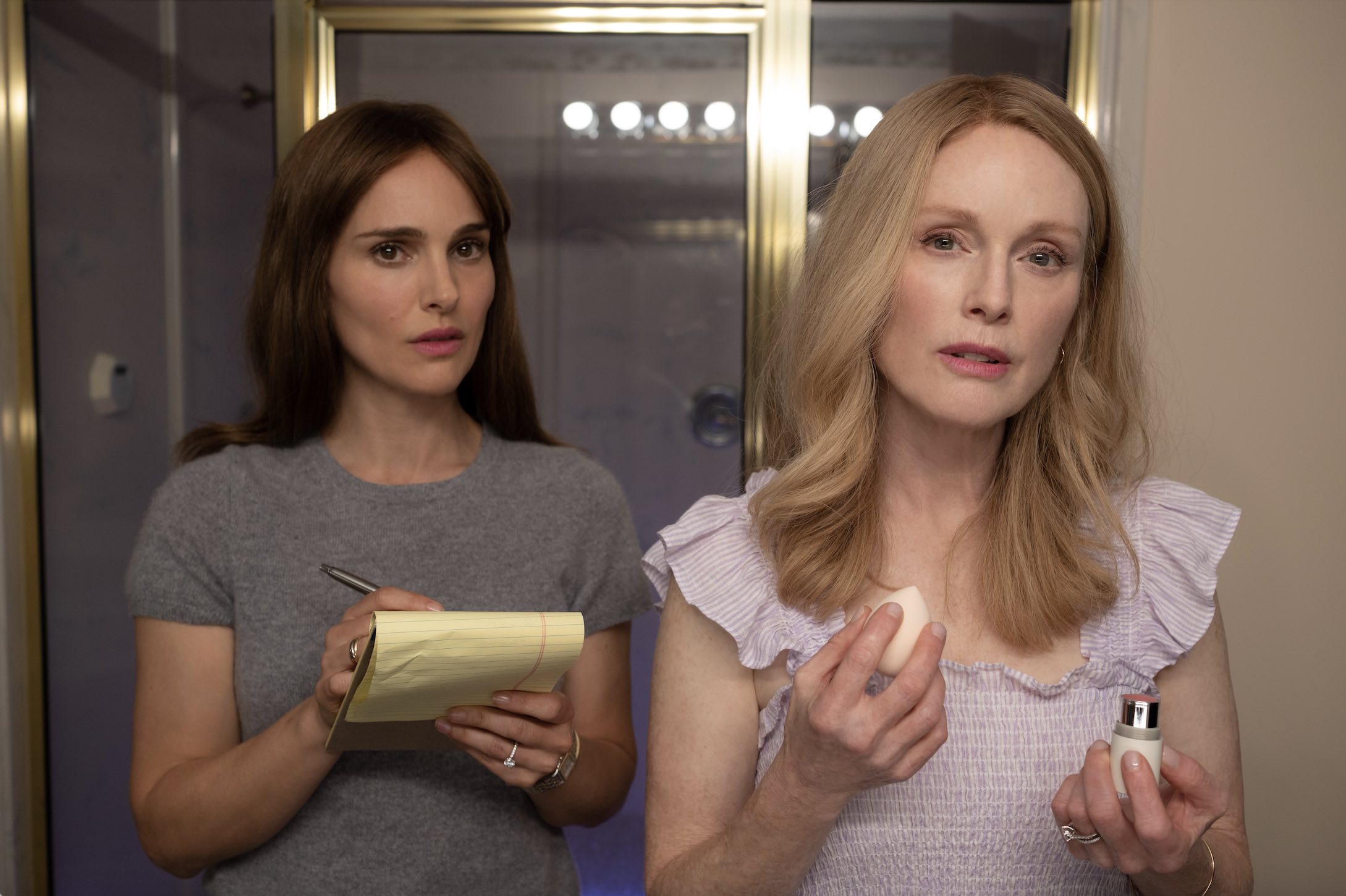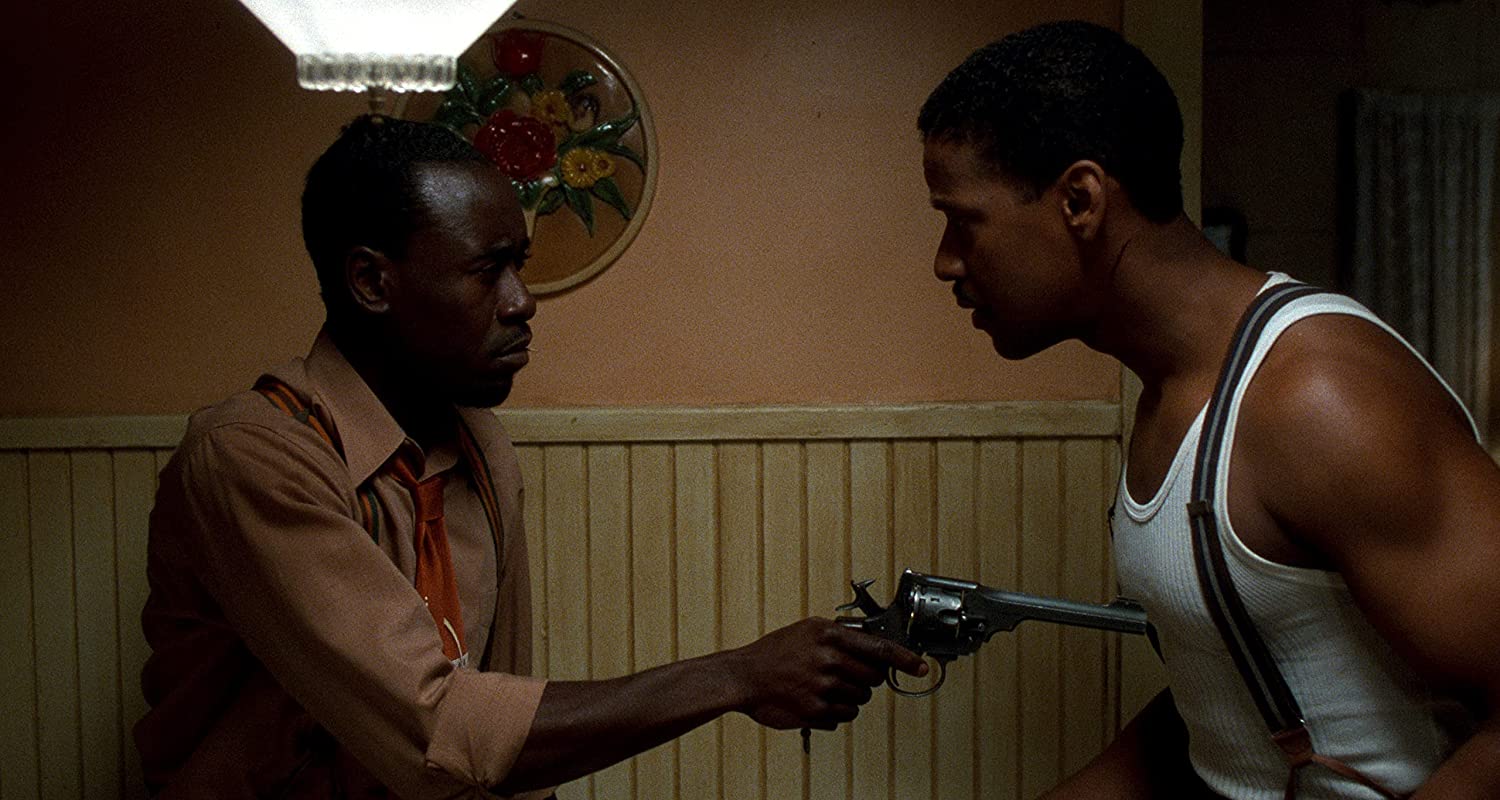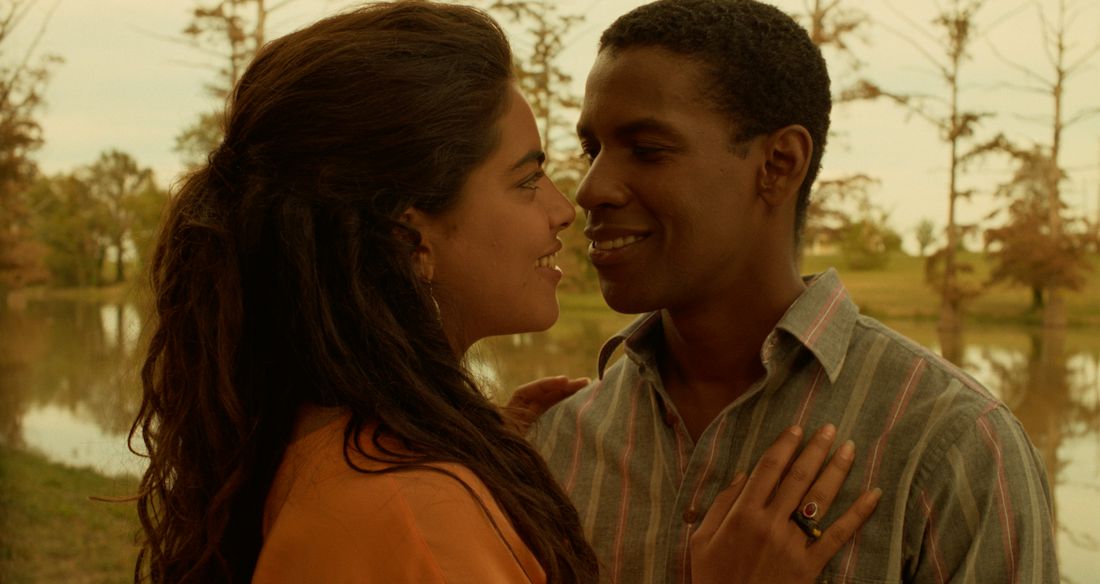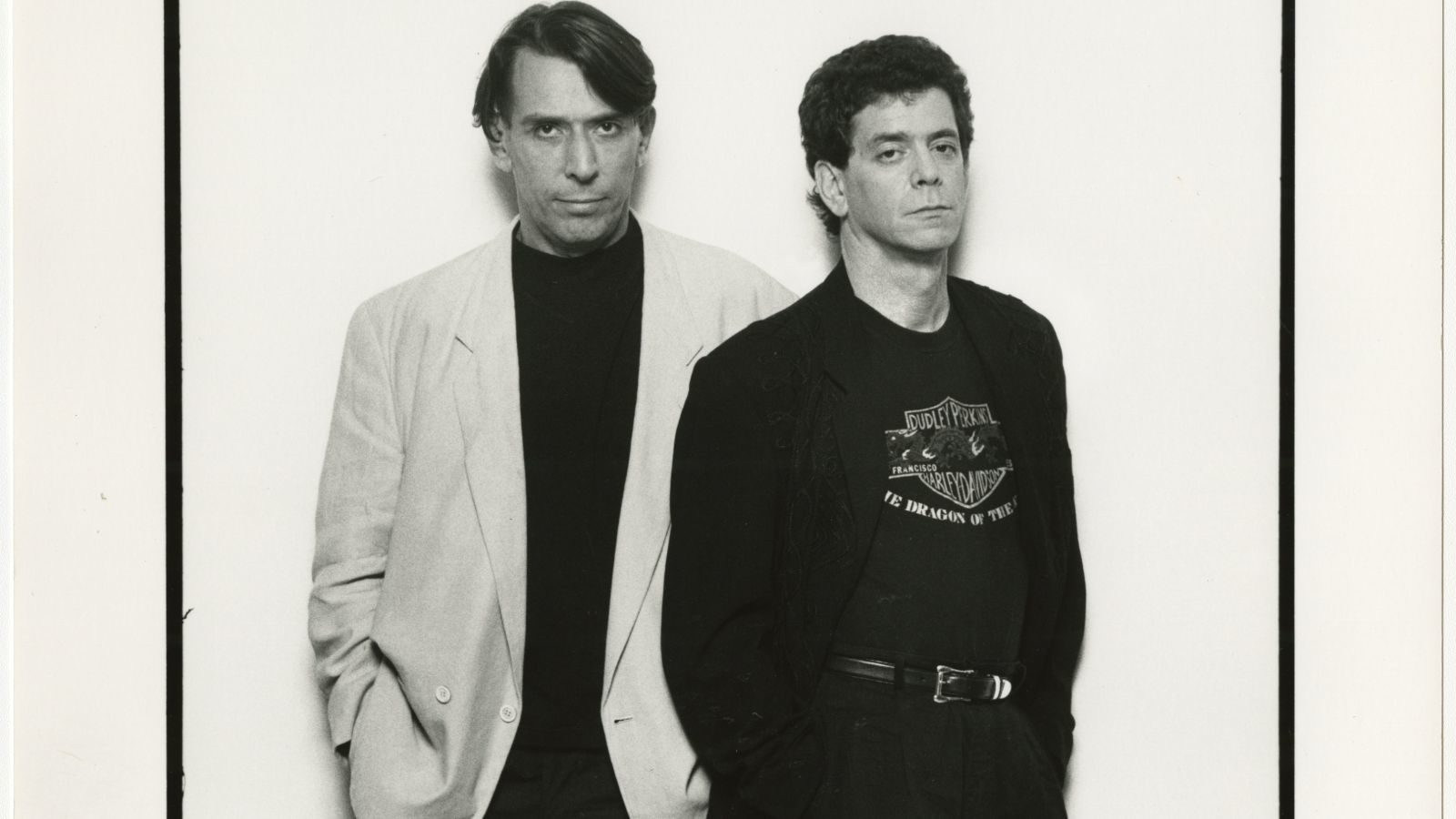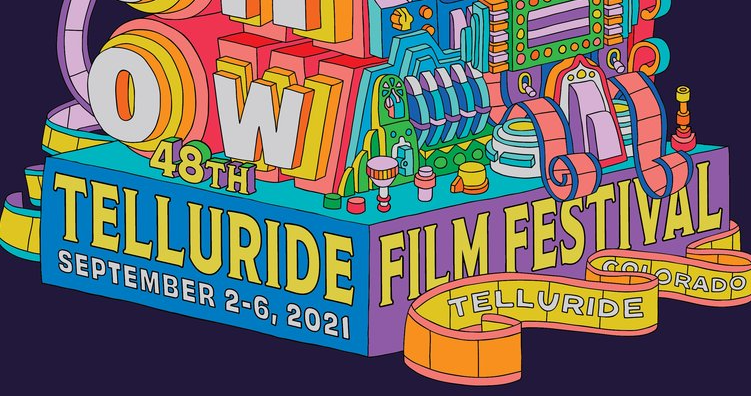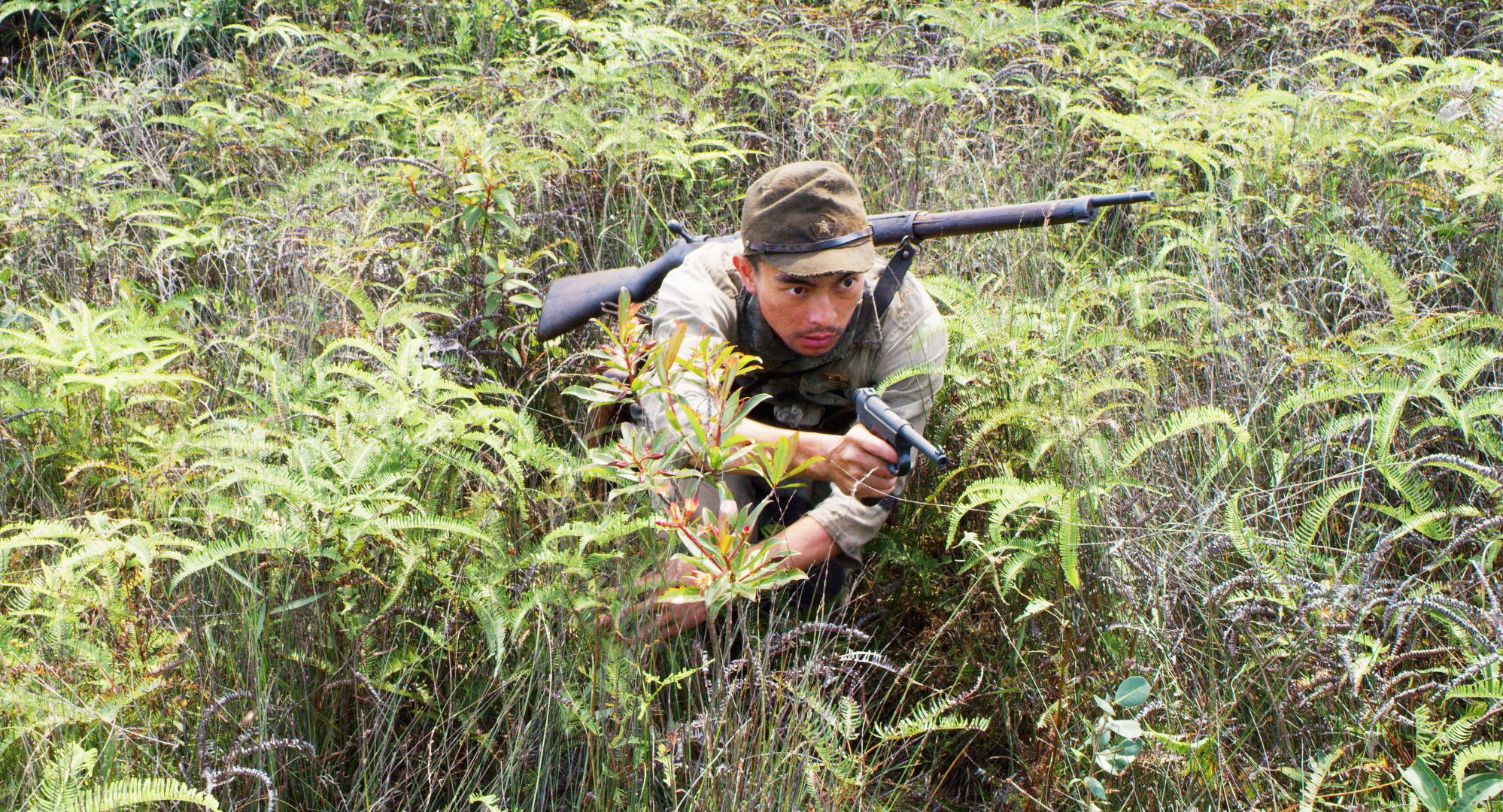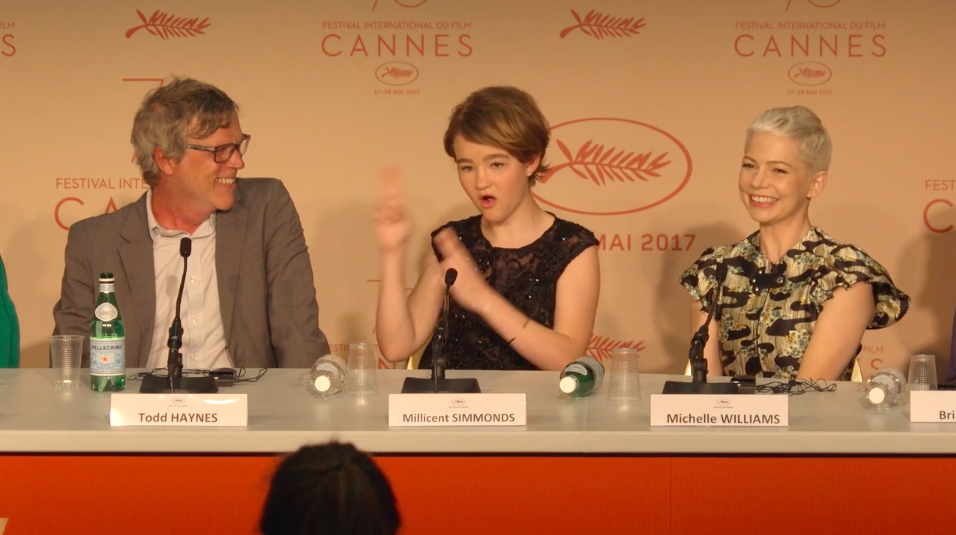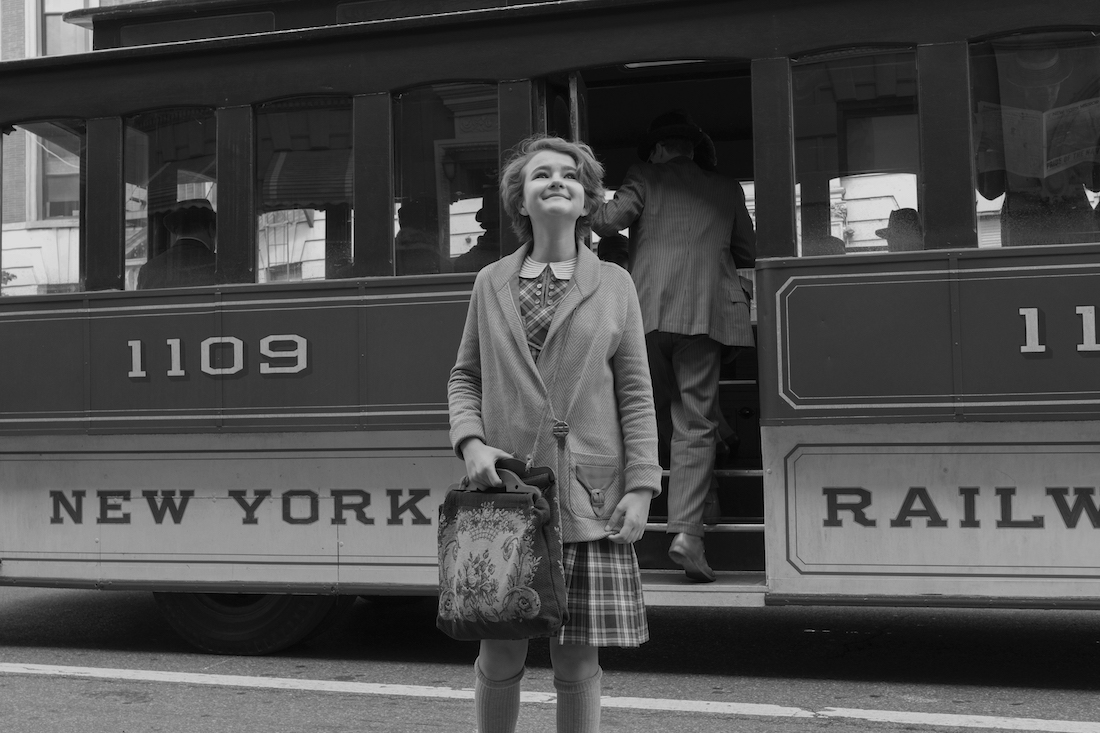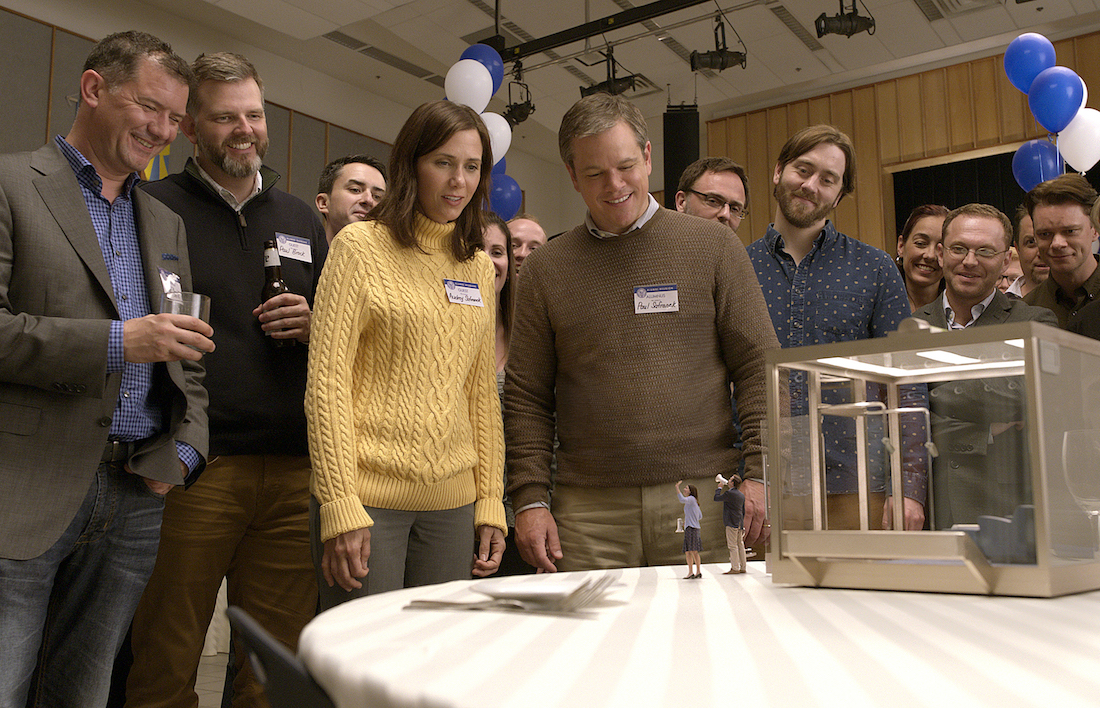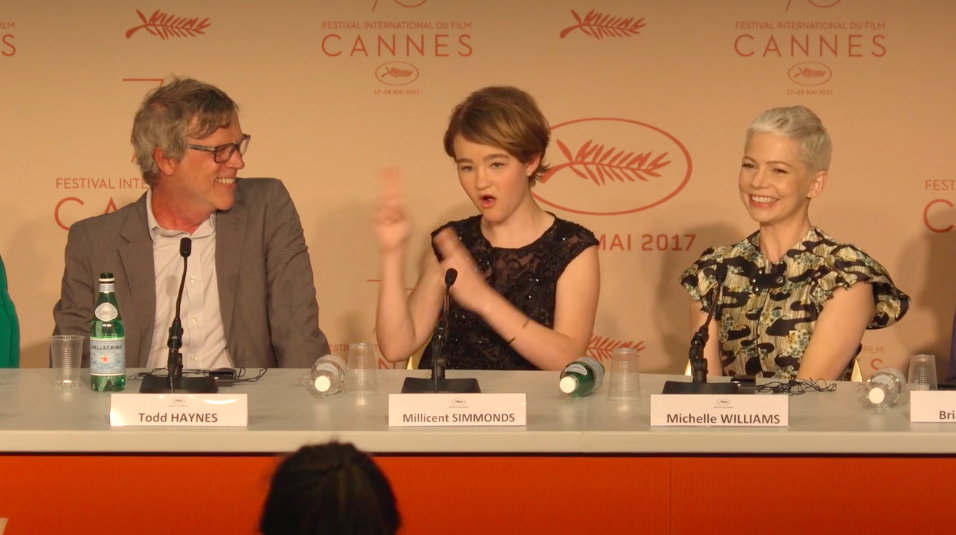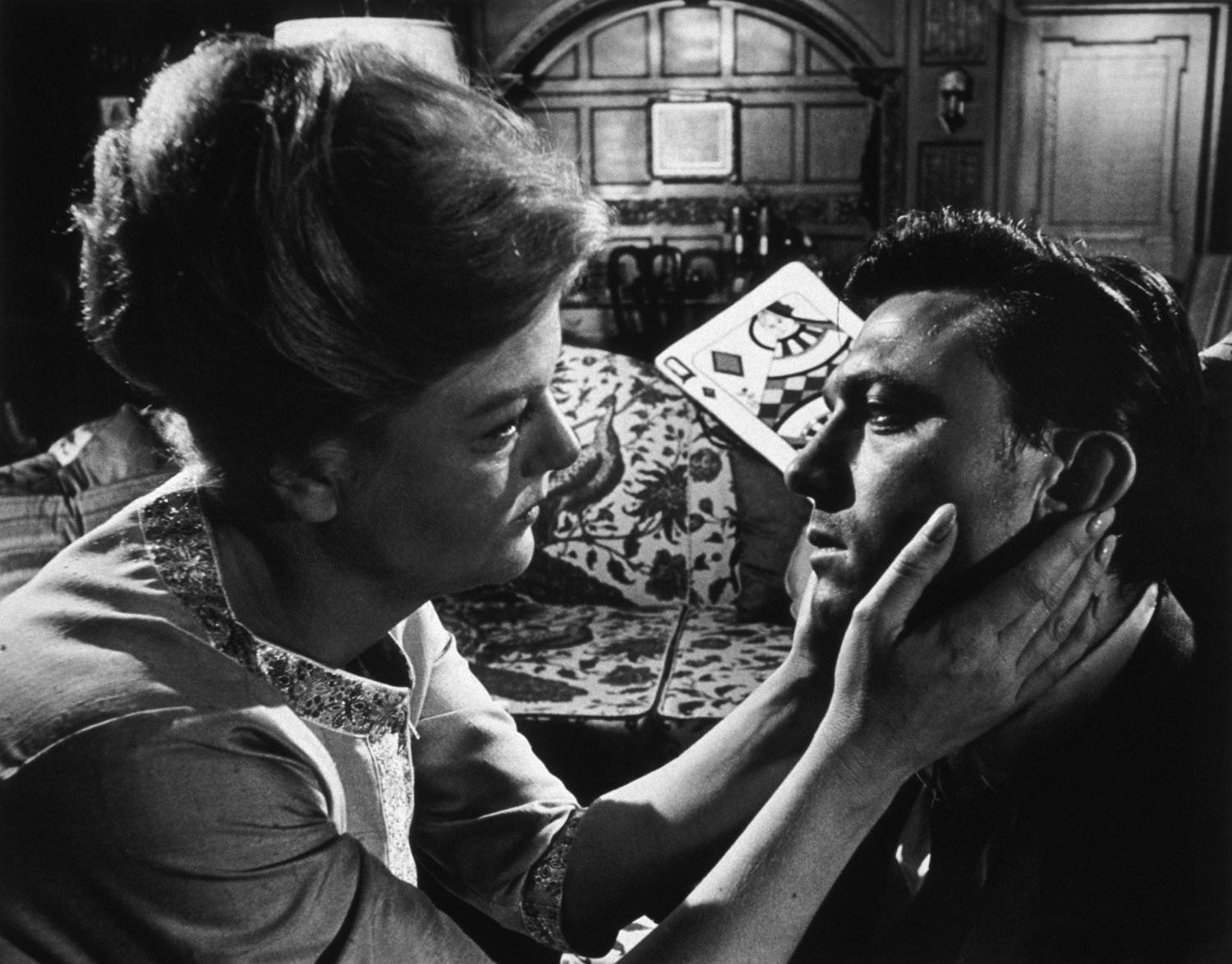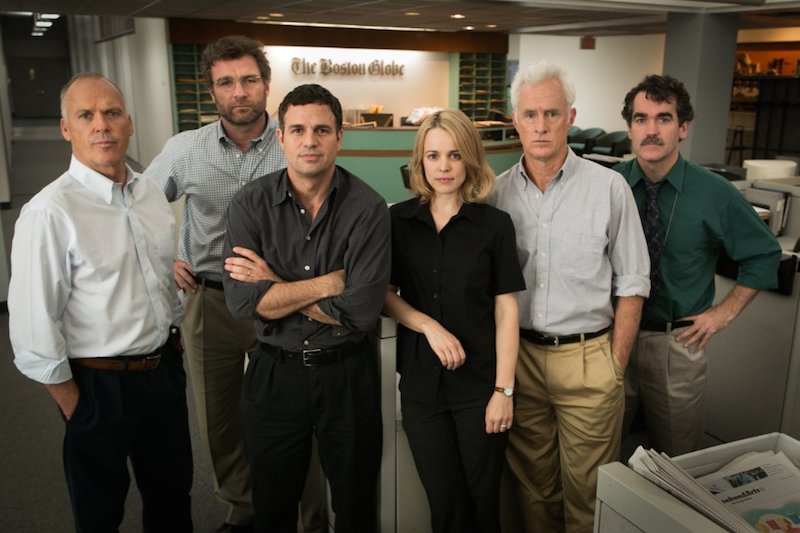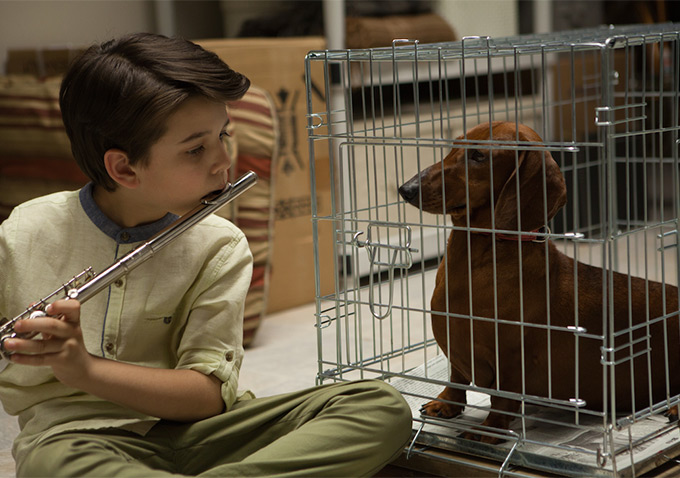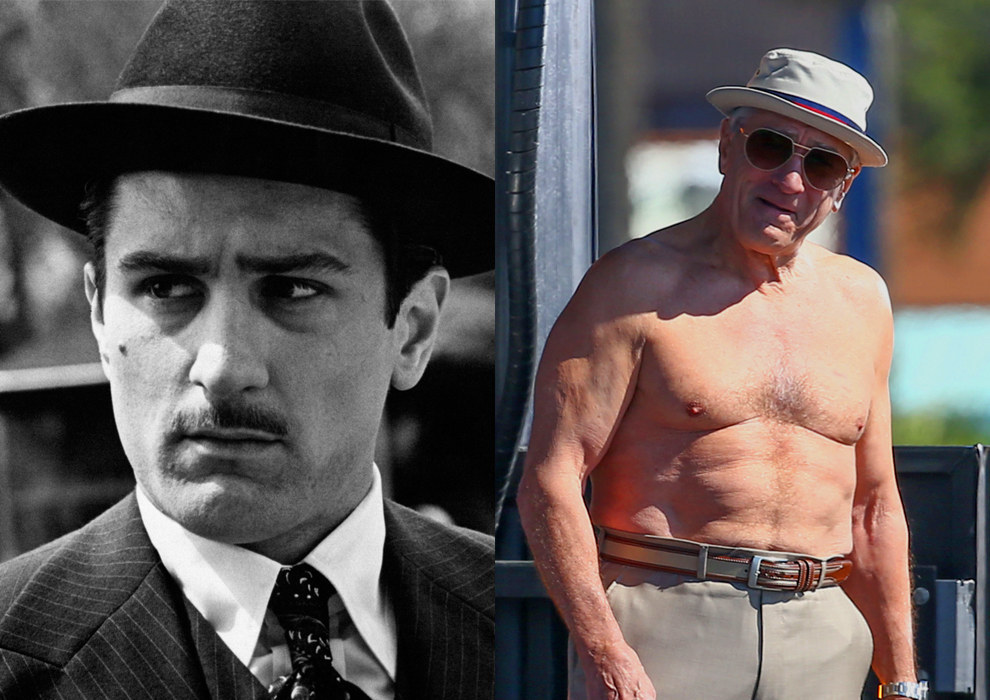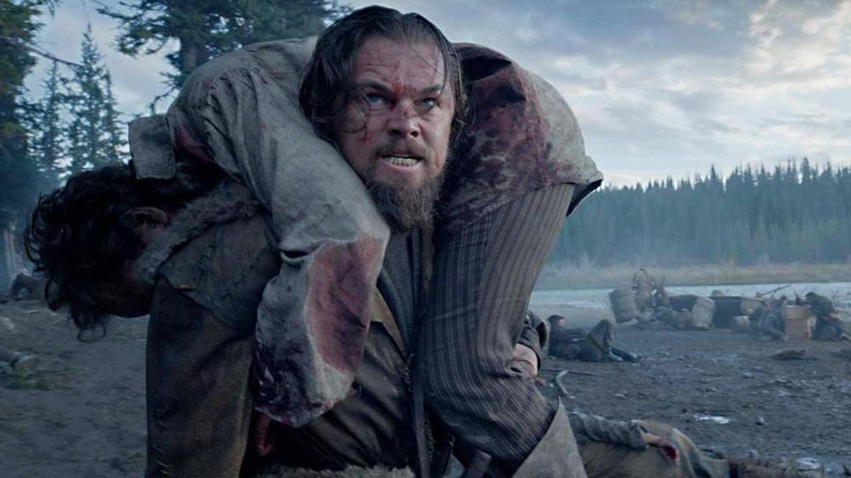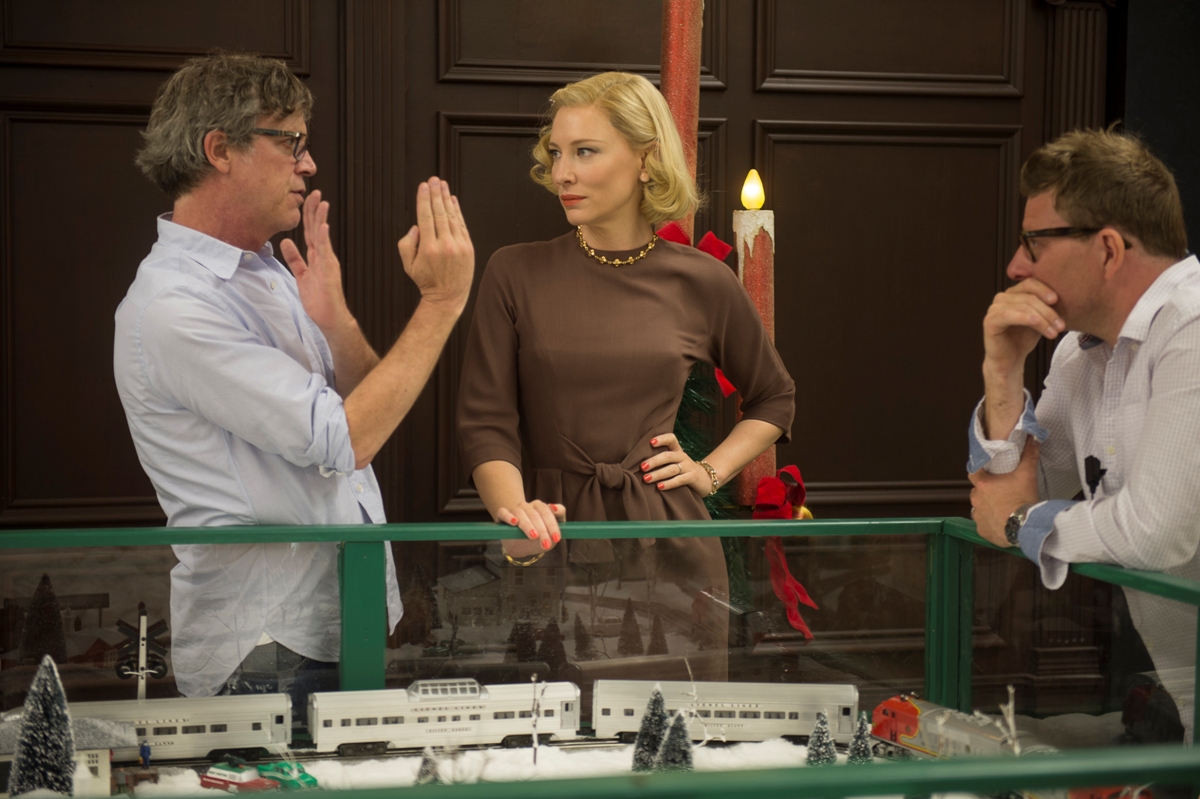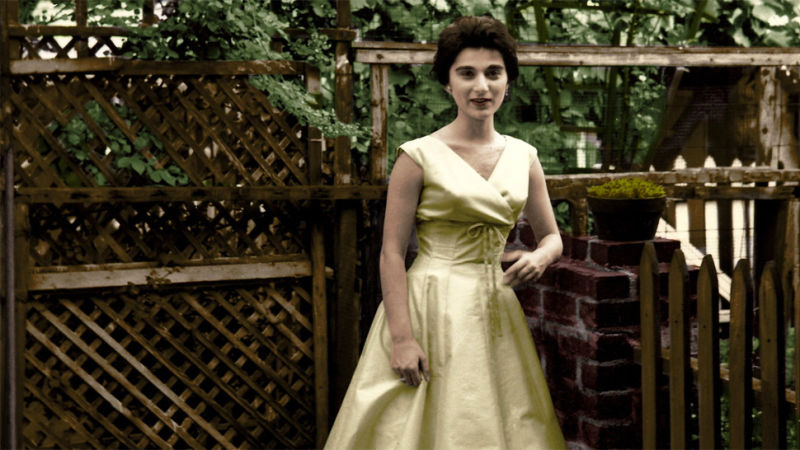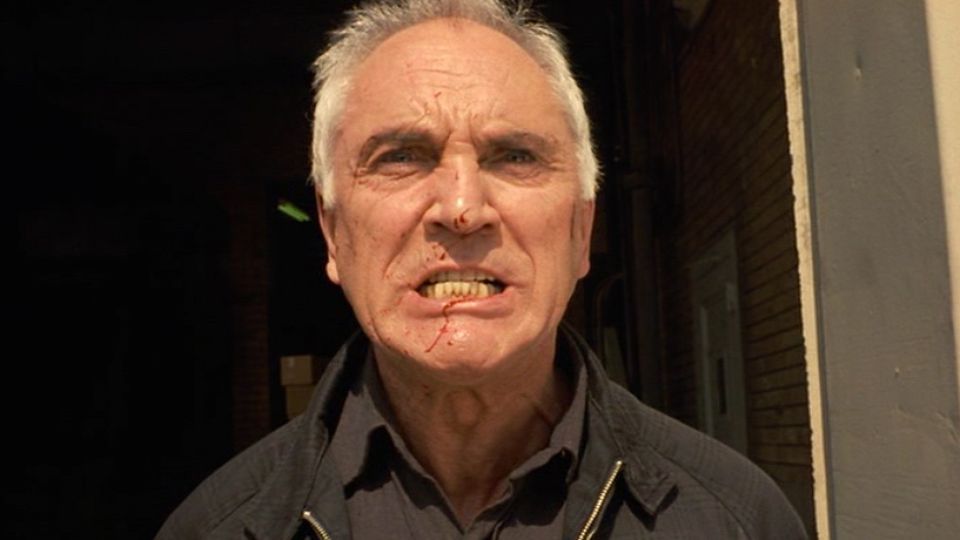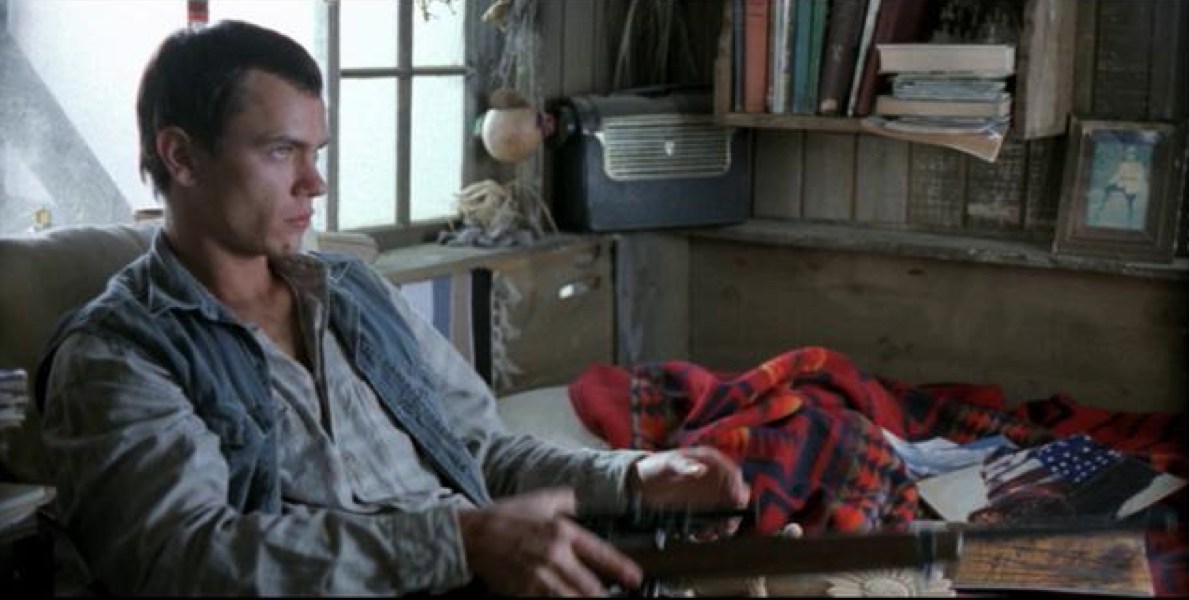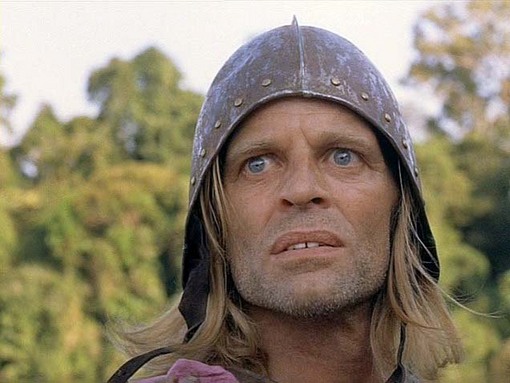Blog Posts That Mention Ed Lachman
Cannes 2018 Video #8: Ed Lachman, William Nack and More
Chaz Ebert
Roger Ebert’s 2003 Oscar Predictions
Roger Ebert
Cannes 2023: May December, Anatomy of a Fall and a Godard Trailer
Ben Kenigsberg
Home Entertainment Guide: December 2022
Brian Tallerico
Home Entertainment Guide: July 2022
Brian Tallerico
Female Filmmakers in Focus: Mira Nair on Mississippi Masala
Marya E. Gates
NYFF 2021: Songs for Drella, Marx Can Wait, Il Buco, Belle
Scout Tafoya
Telluride Film Festival Announces Full 2021 Program Lineup
The Editors
Cannes 2021: Onoda, Everything Went Fine, Between Two Worlds, The Velvet Underground
Ben Kenigsberg
The Story of Who We Are: Gregory Nava Helps Celebrate Selena’s 50th Birthday
Aaron Aradillas
Cannes Flashback: Wonderstruck, Netflix Controversy and More
Chaz Ebert
A Film About a Bunch of People in Virgil, Texas: True Stories Gets the Criterion Treatment
Collin Souter
Cannes 2018: Table of Contents
The Editors
Home Entertainment Consumer Guide: May 10, 2018
Brian Tallerico
30 Minutes on: Wonderstruck
Matt Zoller Seitz
“Get Out,” “Call Me by Your Name” Win Big at 2017 Gotham Awards
Tomris Laffly
A Distinctive Pattern: The Legendary Costume Designer Sandy Powell on “Wonderstruck”
Tomris Laffly
A Box of Chocolates: Preview of the 2017 Telluride Film Festival
Meredith Brody
Cannes 2017 Video #2: “Wonderstruck,” Netflix Controversy and More
Chaz Ebert
Home Entertainment Consumer Guide: March 17, 2016
Brian Tallerico
“Spotlight” Sweeps 2016 Film Independent Spirit Awards
Matt Fagerholm
Sundance 2016: “Wiener-Dog”
Nick Allen
Thumbnails 1/22/16
Matt Fagerholm
Complete List of 88th Academy Award Nominees
The Editors
The Act of Looking: Todd Haynes on Carol
Nick Allen
Listening With My Heart: 16 Movies To Remember
Chaz Ebert
NYFF: “Carol,” “The Assassin,” “Right Now, Wrong Then”
Scout Tafoya
NYFF 2015: “The Witness,” “Don’t Blink,” “Maggie’s Plan”
Godfrey Cheshire
30 Minutes on: “The Limey”
Matt Zoller Seitz
Cannes 2015: “Carol,” “Nahid”
Barbara Scharres
“Dark Blood”: Death and the Maiden
Dan Callahan
Attacks on ‘Roger & Me’ completely miss point of film
Roger Ebert
What price masterpiece? Werner Herzog (Part 2)
Jim Emerson
‘Chicago’ leads the parade
Roger Ebert
Toronto fest signals the opening of Good Movie Season
Roger Ebert
Suspense builds, Cinerama rolls at Telluride fest
Roger Ebert
Movie Answer Man (04/23/2000)
Roger Ebert
Popular Reviews

The best movie reviews, in your inbox
